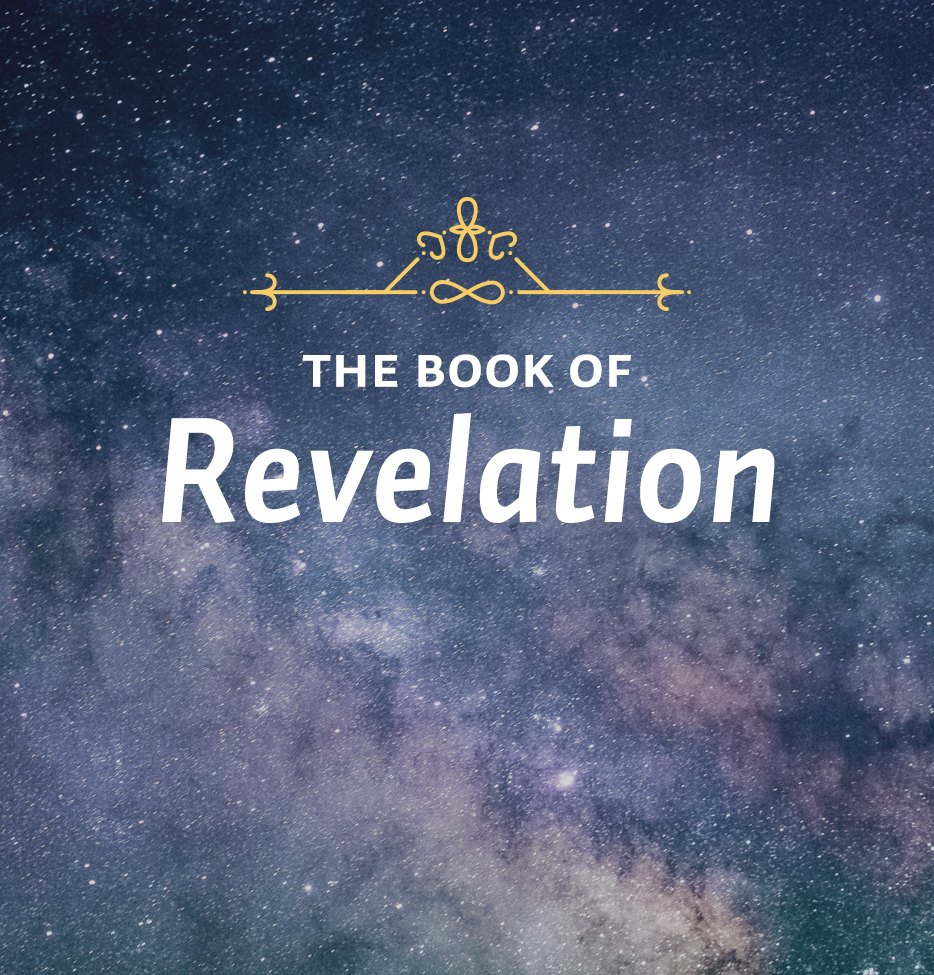The Lion Who Is the LambRevelation 5:1-8Theme: Triumph through suffering.This week’s lessons teach us that Christ is the only one who can implement the eternal plan of God in history.
LessonThe angel asked, “Who is worthy to break the seals and open the scroll?” No creature in heaven or earth came forward, but when John wept, an elder said to him, “Do not weep. See, the Lion of the tribe of Judah, the Root of David, has triumphed. He is able to open the scroll and its seven seals.” In chapter 4 God alone is called worthy to receive the praise of creation. Here in chapter 5 we find that Jesus, the Son of God, is worthy as well.
Here he is given two new names by the elder. First, he is called the Lion of the tribe of Judah. Interestingly enough this is the only place in the Bible that that exact phrase occurs. It does, however, point back to Genesis, chapter 49, where we find Jacob on his deathbed. He’s blessing his sons, and he refers to Judah, one of his sons, as a lion’s cub. The tribe of Jesus was that tribe. It was Judah that produced David and the line of the kings. Jesus was descended from it by Joseph, and, as I believe, Mary his mother. So the two lines come together in Jesus and he’s the Messiah by means of that descent.
The second new name that’s given for him here is the Root of David and that isn’t found exactly anywhere else either, but it is based on Isaiah, chapter 11, which begins, “A shoot will come up from the stump of Jesse; from his roots a Branch will bear fruit” (v. 1). Jesus, identified here in Revelation as the Root of David, is one who is at the same time both a descendant of David from Jesse and also the one who is the Creator. It’s only a divine Messiah who could be that.
That is exactly what Jesus said to the Pharisees on one occasion. Jesus said, “What do you think about the Christ? Whose son is he?”
“The son of David,” they replied.
He said to them, “How is it then that David, speaking by the Spirit, calls him ‘Lord’? For he says, ‘The Lord said to my Lord: “Sit at my right hand until I put your enemies under your feet.” ’ If then David calls him ‘Lord,’ how can he be his son?” (Matt. 22:41-45).
In other words, if David calls him Lord, that is, one who is greater than David, how can this greater one be his son? The answer, of course, is that the one who is coming, the Messiah, was at the same time God. And that’s what John is saying here in Revelation as well.
The angel says something else about him. He tells John that this great figure has triumphed, which Jesus obviously has done by his incarnation, his death, and his resurrection. In 2 Timothy, chapter 1, we read: “…it has now been revealed through the appearing of our Savior, Christ Jesus, who has destroyed death and has brought life and immortality to light through the gospel” (v. 10). This is our Lord. This is the One we praise.
What follows in Revelation, chapter 5, is one of the great dramatic scenes in the Bible. John has been told that the Lion of the tribe of Judah is able to open the scrolls and break its seals. And when he turns around to look in the direction that has been indicated to him by the elder, what he sees is not a lion, but a lamb looking as if it had been slain. The lion is the fiercest and strongest of the animals. By contrast, the lamb is the weakest and most helpless of the animals. It’s a strange combination, but, of course, that’s exactly what Jesus Christ is. In fact, it is by becoming a lamb – and a slaughtered one at that – that he has conquered and has proved himself to be strong.
Christ is called a lamb twenty-eight times in the Book of Revelation. It’s John’s favorite name for him, and the same word occurs in John’s Gospel. In fact, the Gospel probably contains the most important reference of all, because, in John 1:29, John the Baptist, who has been introduced, points out Jesus Christ with these words. He says, “Look, the Lamb of God, who takes away the sin of the world.”
You find that, however, throughout the Old Testament. The earliest reference is back in Genesis. Adam and Eve had disobeyed God, and in the context of the judgment, God promises a Savior who will come to crush the head of the serpent. And then God takes animals, kills them, and clothes our first parents, Adam and Eve, with the skins of the animals. It’s a wonderful picture of the substitutionary atonement that was ultimately fulfilled in Christ. God had told Adam and Eve that the day in which they ate of the tree, they would die. But they hadn’t died; the animals died instead, just as Christ died in our stead.
Study Questions
What two names does the elder give to Jesus?
By what two images is Christ depicted? How is he both?
Further StudyRead Genesis 49:8-12 and Isaiah 11. What do they say about Christ?






